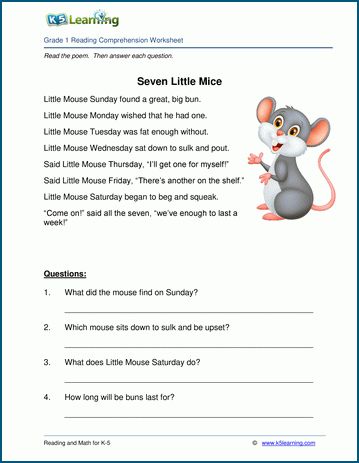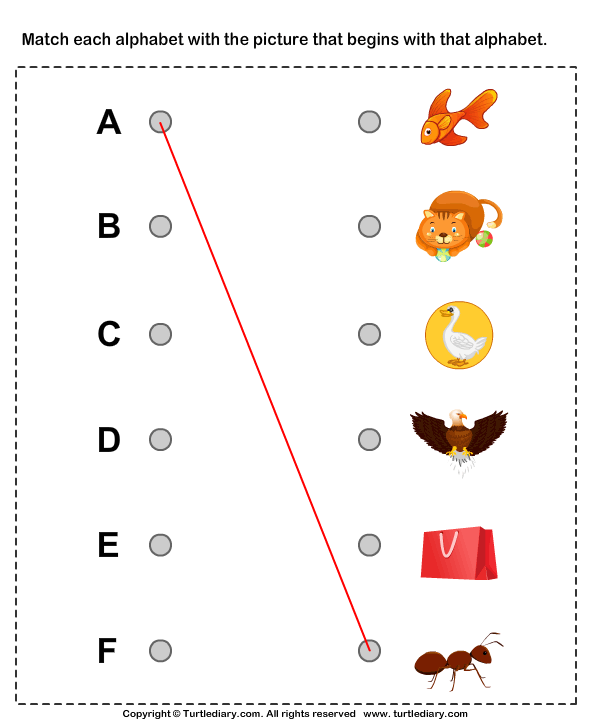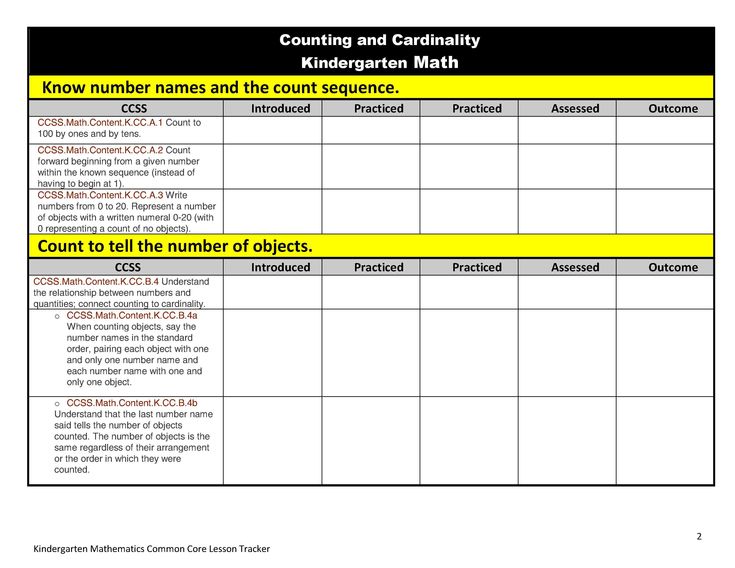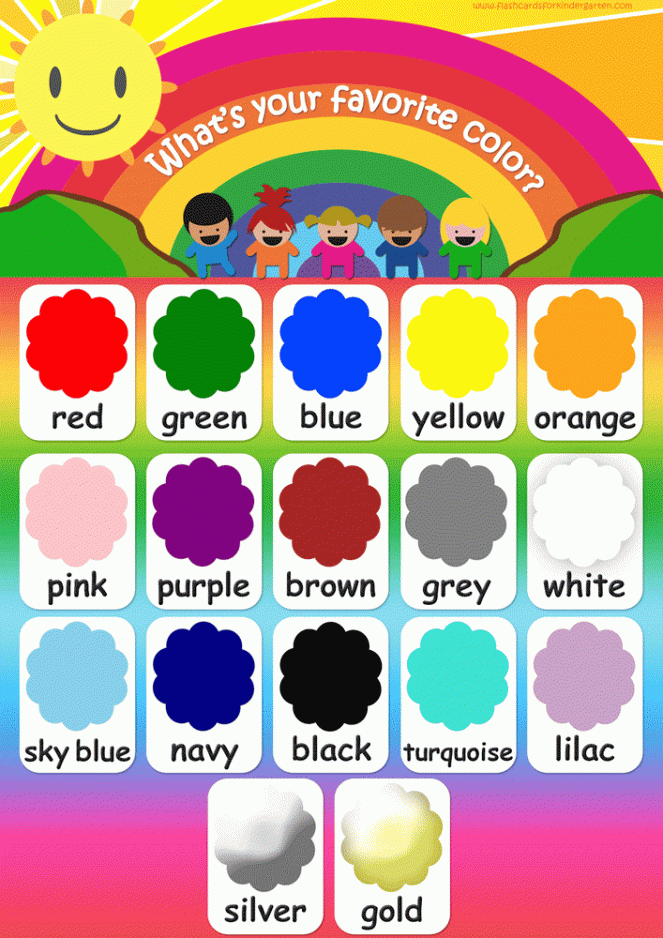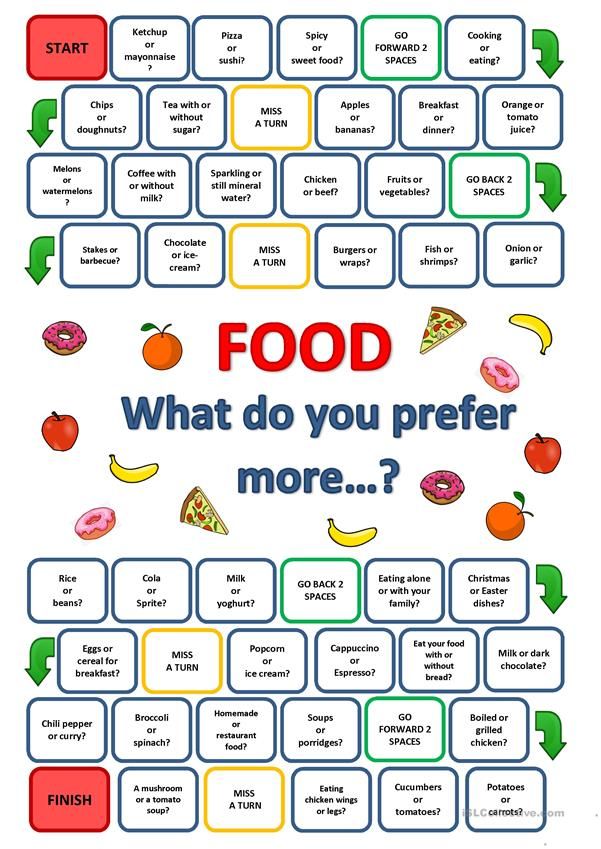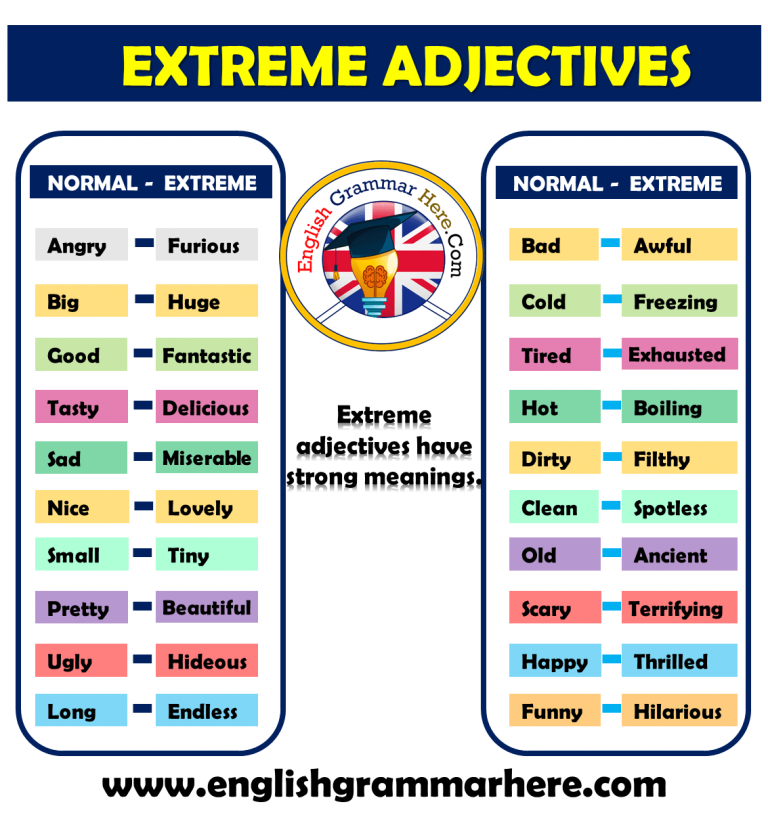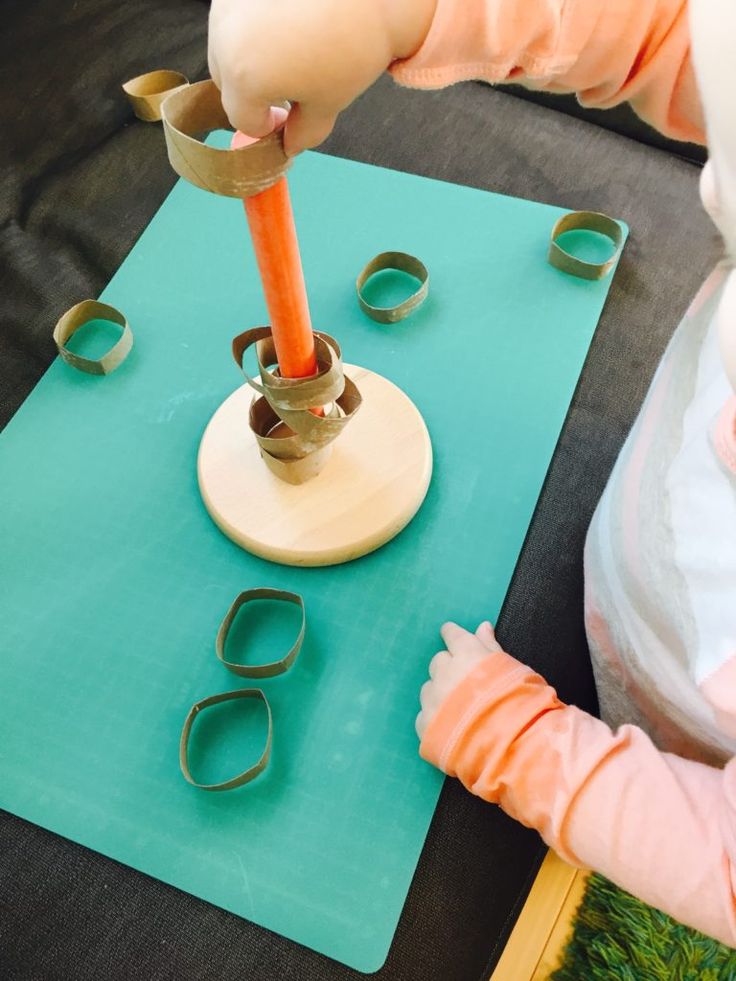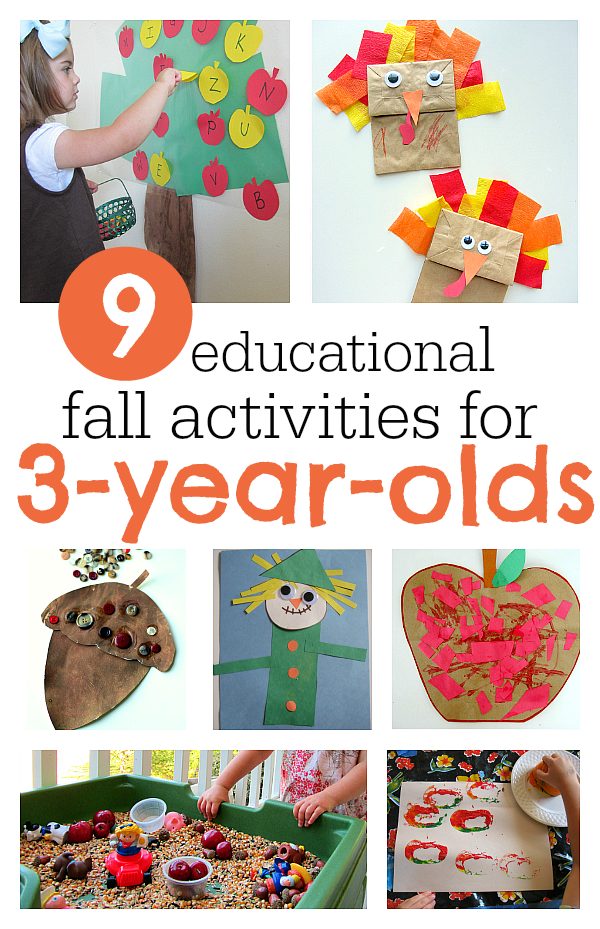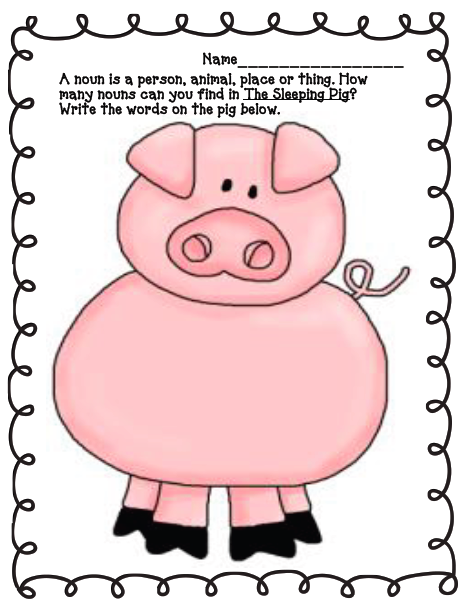What grade do kids learn to read
When Do Kids Learn to Read?
By Tara Drinks
At a glance
Learning to read is a process that involves different skills.
Kids start to learn to read at different ages.
Some kids need extra help learning how to read.
Learning to read is a process that involves different language skills. It happens over time, so it’s hard to say exactly when kids learn to read. To some people, reading means being able to sound out words and recognize words that can’t be sounded out. To others, reading means being able to read and understand sentences and text.
Learning to read is different for every child. Some kids start to learn to read in daycare or preschool. Others start gaining the skills in kindergarten or first grade. Read on to learn more.
At what age do kids learn to read?
Kids develop reading skills at their own pace. And some kids learn earlier and more quickly than others. Here’s what reading typically looks like at different ages:
- By age 2, kids often start to recite the words to their favorite books. They also start to answer questions about what they see in books.
- In preschool, kids typically start to recognize about half the letters of the alphabet. They also start to notice words that rhyme.
- In kindergarten, kids often start matching letters to sounds. They also start to recognize some words by sight without having to sound them out.
- By second grade, most kids can sound out and recognize words and can read and understand sentences. Most people consider this as having learned to read.
Keep in mind that every child is different. Not all kids develop reading skills at the same rate. Taking longer doesn’t mean they’re not on track to become good readers.
Why kids might have trouble learning to read
Learning how to read can be challenging for some kids. But that doesn’t mean they’re not smart. They just may need extra time and support to become full-fledged readers.
But that doesn’t mean they’re not smart. They just may need extra time and support to become full-fledged readers.
There are many reasons why kids have trouble learning to read. Some have a hard time understanding how language works. For example, they may struggle with recognizing sounds in words or matching sounds to letters.
In some cases, the type of reading instruction plays a role. Learn more about what can cause trouble with reading.
What helps kids learn to read
Practicing at home can help kids improve reading skills. Here are some ideas parents and caregivers can try and teachers can suggest:
- Make reading a habit. Kids learn from what they observe. Try reading a book together every night before bedtime.
- Play reading games. While running errands, have kids read the road signs out loud. Or play rhyming games together.
- Have conversations. Talk about things you’re seeing or feeling and ask questions so kids can do the same.
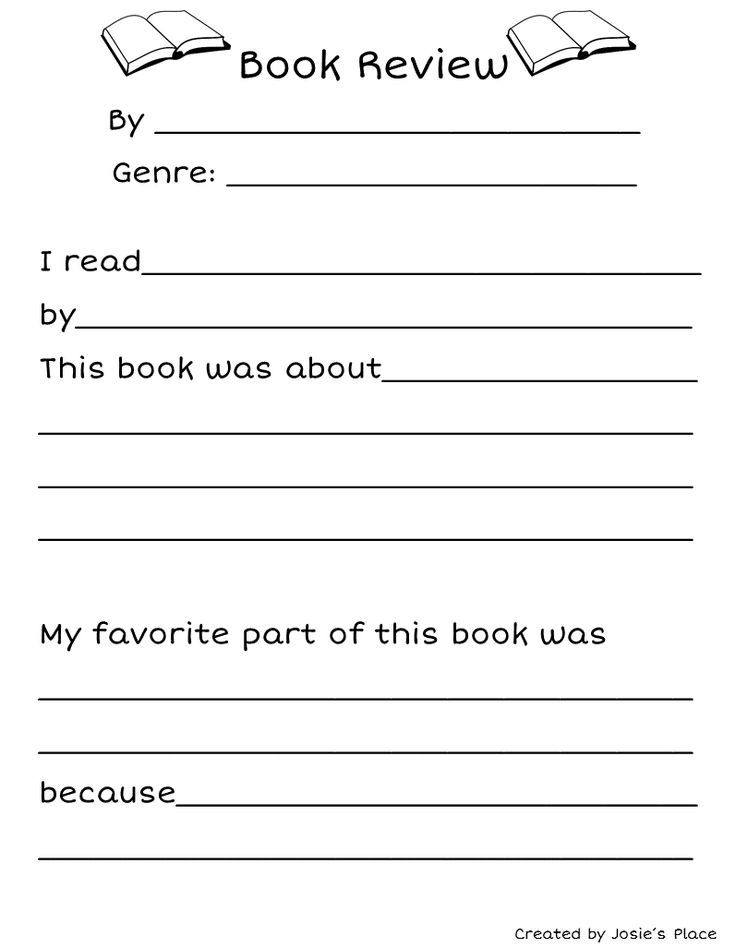 This helps build the language skills kids need to be strong readers.
This helps build the language skills kids need to be strong readers.
Get more ideas to help kids with reading.
Key takeaways
By second grade, many kids can read and understand sentences.
Play reading games and have conversations to help kids learn to read.
Learning to read can be challenging for some kids, but that doesn’t mean they’re not smart.
Related topics
Reading and writing
Tell us what interests you
About the author
About the author
Tara Drinks is an associate editor at Understood.
Reviewed by
Reviewed by
Elizabeth Babbin, EdD is an instructional specialist at Lower Macungie Middle School in Macungie, Pennsylvania.
Reading Milestones (for Parents) - Nemours KidsHealth
Reviewed by: Cynthia M.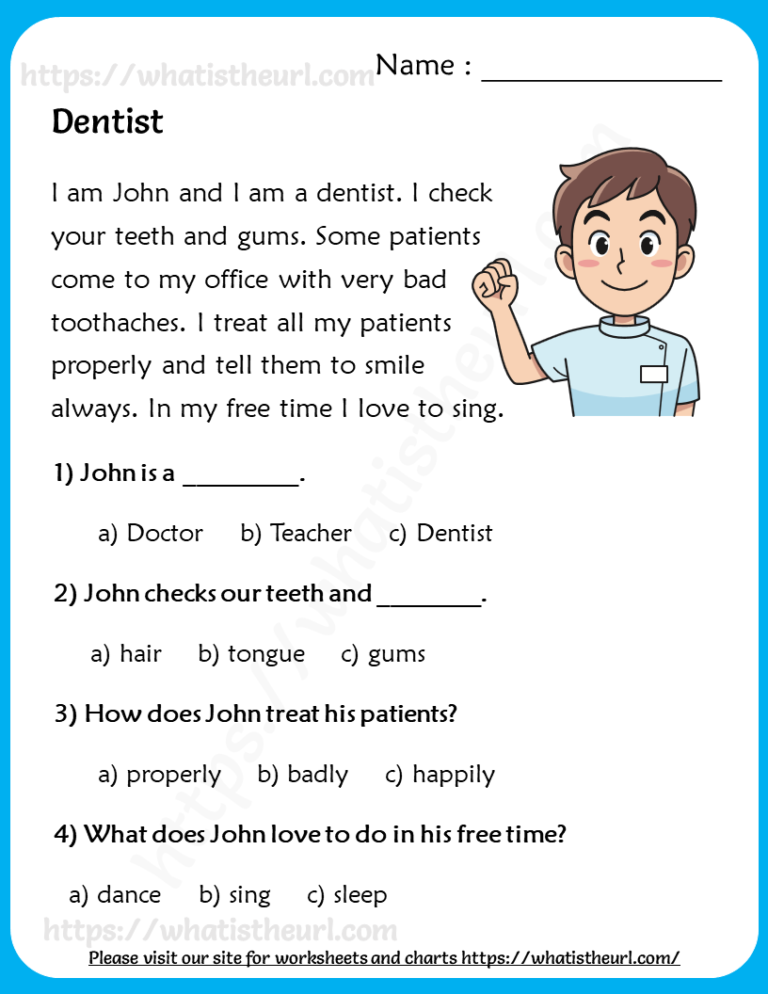 Zettler-Greeley, PhD
Zettler-Greeley, PhD
Nemours BrightStart!
en español Hitos en la lectura
This is a general outline of the milestones on the road to reading success. Keep in mind that kids develop at different paces and spend varying amounts of time at each stage. If you have concerns, talk to your child's doctor, teacher, or the reading specialist at school. Getting help early is key for helping kids who struggle to read.
Parents and teachers can find resources for children as early as pre-kindergarten. Quality childcare centers, pre-kindergarten programs, and homes full of language and book reading can build an environment for reading milestones to happen.
Infancy (Up to Age 1)
Kids usually begin to:
- learn that gestures and sounds communicate meaning
- respond when spoken to
- direct their attention to a person or object
- understand 50 words or more
- reach for books and turn the pages with help
- respond to stories and pictures by vocalizing and patting the pictures
Toddlers (Ages 1–3)
Kids usually begin to:
- answer questions about and identify objects in books — such as "Where's the cow?" or "What does the cow say?"
- name familiar pictures
- use pointing to identify named objects
- pretend to read books
- finish sentences in books they know well
- scribble on paper
- know names of books and identify them by the picture on the cover
- turn pages of board books
- have a favorite book and request it to be read often
Early Preschool (Age 3)
Kids usually begin to:
- explore books independently
- listen to longer books that are read aloud
- retell a familiar story
- sing the alphabet song with prompting and cues
- make symbols that resemble writing
- recognize the first letter in their name
- learn that writing is different from drawing a picture
- imitate the action of reading a book aloud
Late Preschool (Age 4)
Kids usually begin to:
- recognize familiar signs and labels, especially on signs and containers
- recognize words that rhyme
- name some of the letters of the alphabet (a good goal to strive for is 15–18 uppercase letters)
- recognize the letters in their names
- write their names
- name beginning letters or sounds of words
- match some letters to their sounds
- develop awareness of syllables
- use familiar letters to try writing words
- understand that print is read from left to right, top to bottom
- retell stories that have been read to them
Kindergarten (Age 5)
Kids usually begin to:
- produce words that rhyme
- match some spoken and written words
- write some letters, numbers, and words
- recognize some familiar words in print
- predict what will happen next in a story
- identify initial, final, and medial (middle) sounds in short words
- identify and manipulate increasingly smaller sounds in speech
- understand concrete definitions of some words
- read simple words in isolation (the word with definition) and in context (using the word in a sentence)
- retell the main idea, identify details (who, what, when, where, why, how), and arrange story events in sequence
First and Second Grade (Ages 6–7)
Kids usually begin to:
- read familiar stories
- "sound out" or decode unfamiliar words
- use pictures and context to figure out unfamiliar words
- use some common punctuation and capitalization in writing
- self-correct when they make a mistake while reading aloud
- show comprehension of a story through drawings
- write by organizing details into a logical sequence with a beginning, middle, and end
Second and Third Grade (Ages 7–8)
Kids usually begin to:
- read longer books independently
- read aloud with proper emphasis and expression
- use context and pictures to help identify unfamiliar words
- understand the concept of paragraphs and begin to apply it in writing
- correctly use punctuation
- correctly spell many words
- write notes, like phone messages and email
- understand humor in text
- use new words, phrases, or figures of speech that they've heard
- revise their own writing to create and illustrate stories
Fourth Through Eighth Grade (Ages 9–13)
Kids usually begin to:
- explore and understand different kinds of texts, like biographies, poetry, and fiction
- understand and explore expository, narrative, and persuasive text
- read to extract specific information, such as from a science book
- understand relations between objects
- identify parts of speech and devices like similes and metaphors
- correctly identify major elements of stories, like time, place, plot, problem, and resolution
- read and write on a specific topic for fun, and understand what style is needed
- analyze texts for meaning
Reviewed by: Cynthia M. Zettler-Greeley, PhD
Zettler-Greeley, PhD
Date reviewed: May 2022
At what age should a child be able to read
04/01/2021
The ability to read is one of the basic social skills of a person. Without it, it is impossible to receive and transmit information, therefore this skill should be developed in every person. Modern parents strive to teach their child to read as early as possible, so that by the time they start learning, they already have some knowledge base. So when should a child start doing this?
Contents:
- When we start
- Learning Too Early - Why It's Harmful
- What the experts say
- Is it possible to instill a love of reading
- Choosing a teaching method
- Are there any downsides to learning to read at home
- Some important details
When we start
Experts don't have a common opinion about teaching children to read early, and neither do parents.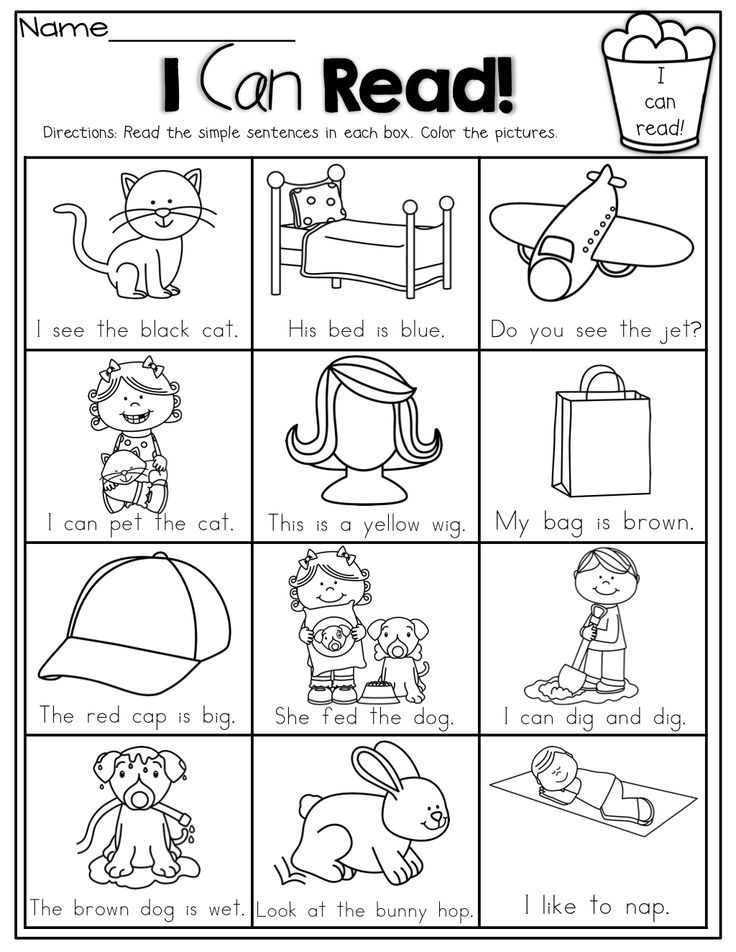 Someone thinks that a child should get basic reading skills even before entering school: this will make it easier to adapt to the educational process. Others are sure that a teacher in the 1st grade should teach a child to read, since an unnecessarily early start to school is harmful for children: let them enjoy their childhood for now.
Someone thinks that a child should get basic reading skills even before entering school: this will make it easier to adapt to the educational process. Others are sure that a teacher in the 1st grade should teach a child to read, since an unnecessarily early start to school is harmful for children: let them enjoy their childhood for now.
Too early learning - why it is harmful
The development of a child's cognitive abilities follows certain patterns, certain stages, it is undesirable to change or accelerate it, and often it is completely impossible. Until the age of five, children think figuratively - in pictures, and it is difficult for them to perceive information in the form of letters, numbers or other signs. And even having understood the general principle of reading, little students read, but they cannot understand the essence of what is written.
Learning to read early can lead to health problems:
- excessive brain tension;
- unusual blood flow to the cerebral hemispheres;
- visual strain.
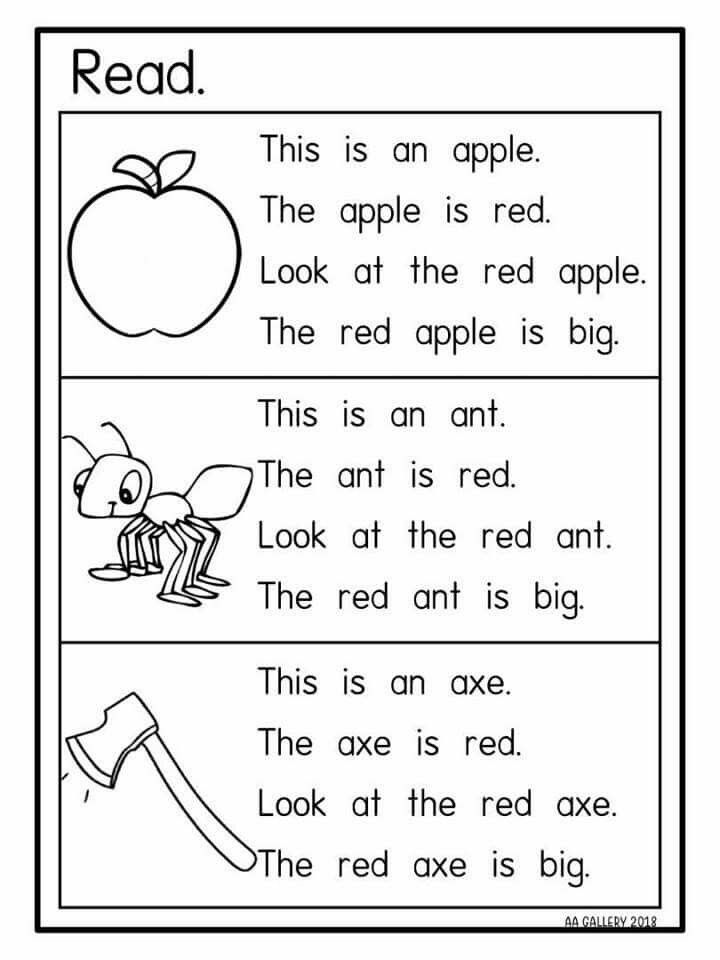
Intensive classes can unbalance the development of different types of thinking in a child: the emphasis will be placed on the logical, and the figurative will be “abandoned”. Yes, the child will become better at remembering, speaking, analyzing, thinking logically, but the development of the right hemisphere will be slowed down, and it is responsible for no less important dreams, emotions, understanding of music and color. The emotional development of the baby will be somewhat retarded, and at an older age this may respond with serious problems in the form of:
- lack of ability to empathize with others;
- difficulties with the correct understanding of their emotions;
- inability to identify one's strengths and weaknesses;
- difficulties with understanding one's own and social values;
- isolation and uncertainty.
It is known that many geeks are developed from early childhood, but most often, growing up, they do not have happiness and are poorly adapted to the realities of the world around them.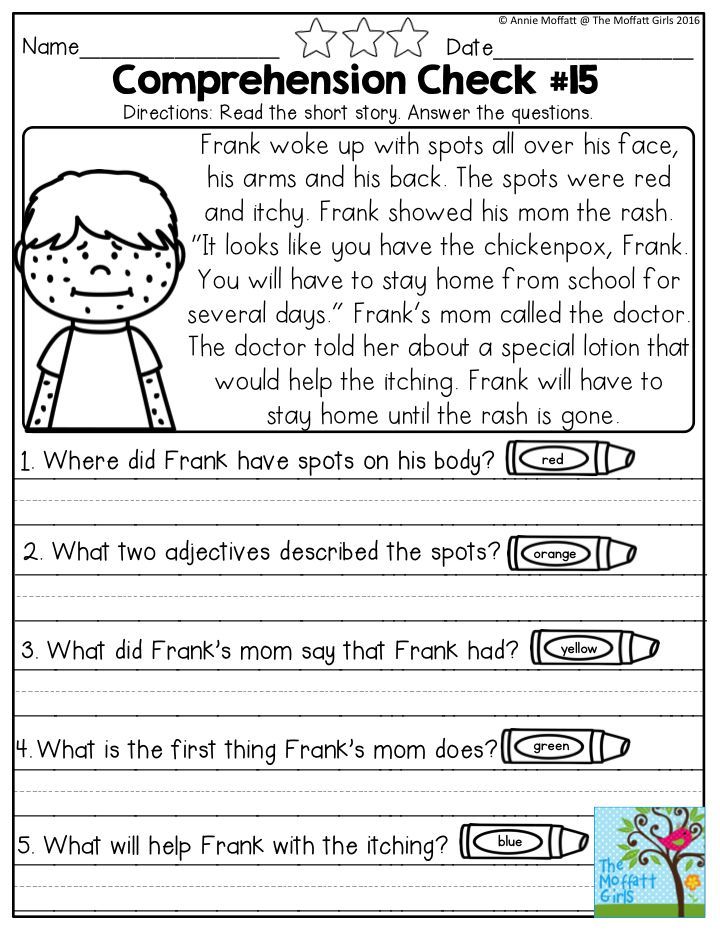 Therefore, it is more important to raise a socially adapted person from a child than to teach him to read too early.
Therefore, it is more important to raise a socially adapted person from a child than to teach him to read too early.
What the experts say
Psychologists, psychophysiologists and other experts recommend starting to teach a preschooler to read not earlier than he is 5 years old, but at the same time he must be ready to learn. They say about it:
A healthy five-year-old child usually has all of these skills. And at this age it is time to get acquainted with letters and sounds, then by the time of admission to grade 1, the child will master reading at a sufficient level.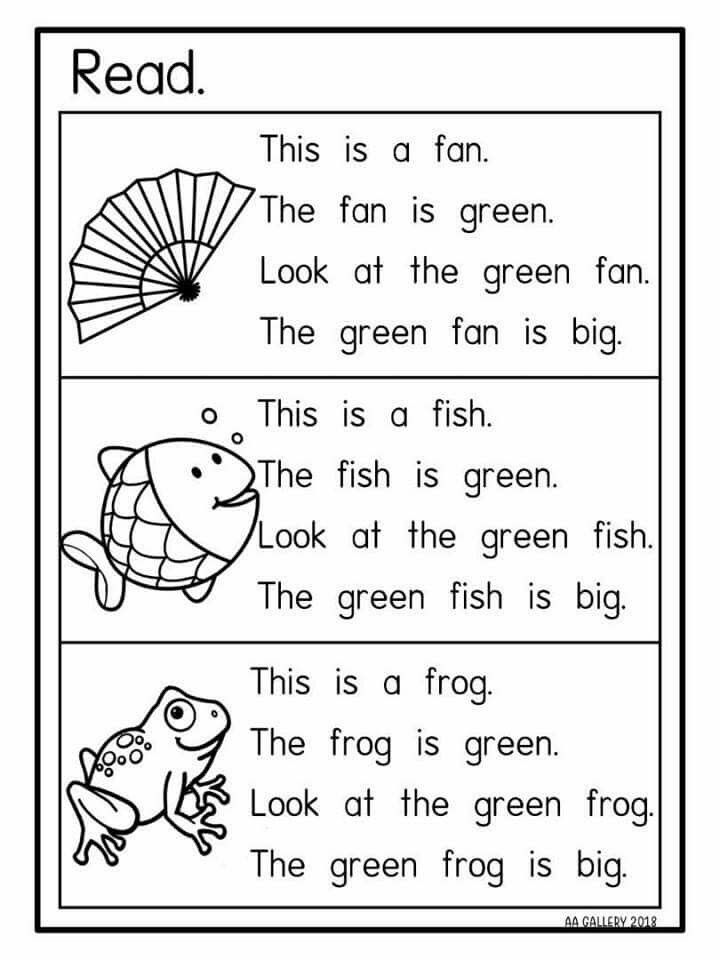
Is it possible to instill a love for reading
It is not enough to teach a child to read - he still needs to instill a love for this occupation. View your favorite books and read them, study the illustrations, get acquainted with the adventures of the characters. It is important that older family members show the child that reading is an amazing learning opportunity, and not a hateful duty. It will be useful if the child saw people with books in his close circle, then, imitating them, he himself will want to plunge into the world of literature.
The first reading lessons should be conducted in the format of a game: in this way the material will be absorbed by the child easier and better, the child will not have time to lose concentration during the lesson, and avoid stressful experiences.
Choosing a teaching method
Today there are many methods to teach a child to read, it is important to choose the one that suits your child.
Perhaps the most popular method is classes in the classical alphabet (the alphabet itself can be developed by any author).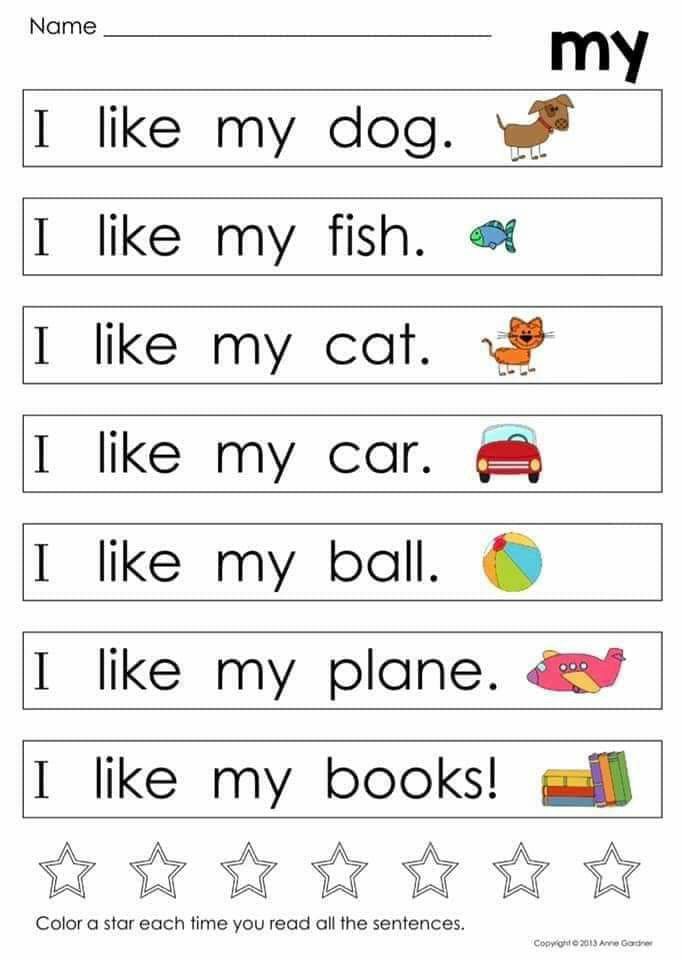 The kid quickly remembers the letter, as it will now be associated with a certain picture. Later, you can move on to another well-known book - the primer and study reading by syllables from it.
The kid quickly remembers the letter, as it will now be associated with a certain picture. Later, you can move on to another well-known book - the primer and study reading by syllables from it.
Many techniques are based on the use of cubes or tablets. They are convenient and interesting, but are often criticized by school teachers. It is believed that such training misses a very important component - basic familiarity with the alphabet.
The most famous of these techniques:
- Zaitsev's cubes - the emphasis is on making syllables from individual letters and words from syllables, understanding vowels, voiceless and voiced, hard and soft consonants.
- Chaplygin cubes - learning not only allows you to compose syllables and words, but also develops fine motor skills, and this will have a beneficial effect on the overall development of the child;
- Glen Doman cards - learning is based on the use of visual memory: syllables and words are printed on cards, and the child remembers their spelling;
- "Skladushki" by Voskobovich - 21 cards with syllables, from which you can build houses with whole words.
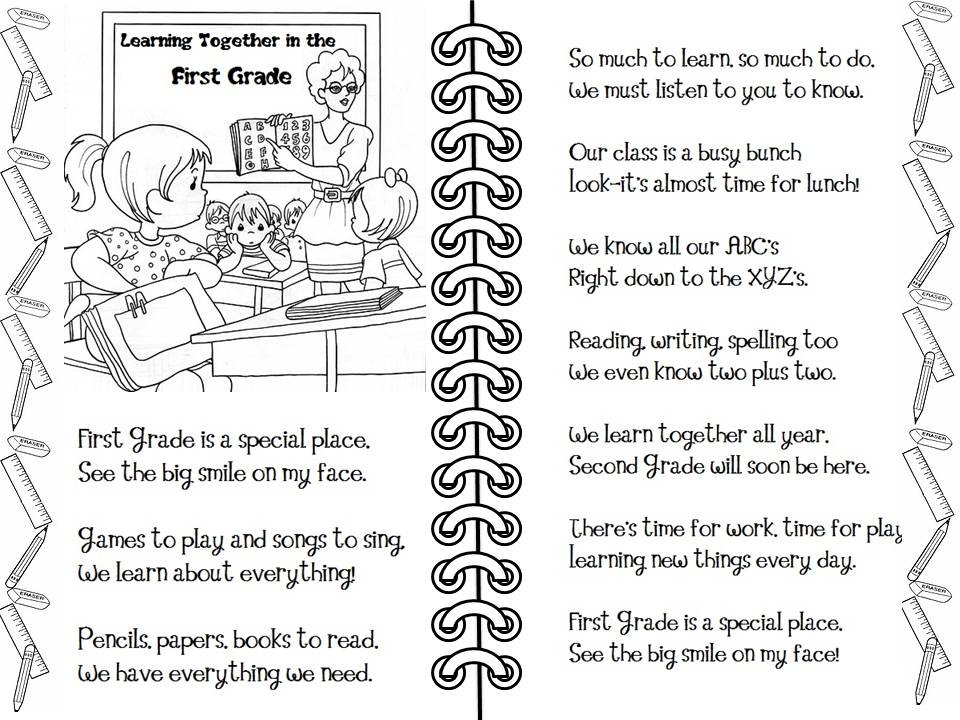
The Montessori method is another well-known teaching option. Toddlers first master the letter, then move on to getting to know the letters, and then learn to read the syllables.
Are there any disadvantages of teaching reading at home
Lack of consistency is the main problem of independent lessons on teaching reading. In addition, at home, parents usually miss such an important part of the lesson as the sound analysis of the word, and the child may also have difficulty breaking down words into syllables. It is not easy to correct this mistake later, therefore it is better to immediately entrust a professional teacher to teach the child to read and write. It can be either a private tutor or a teacher of preparatory courses before the first grade - such classes are held today in literally every school.
A few important details
If you decide to teach your child to read at home, it is important to follow a few rules.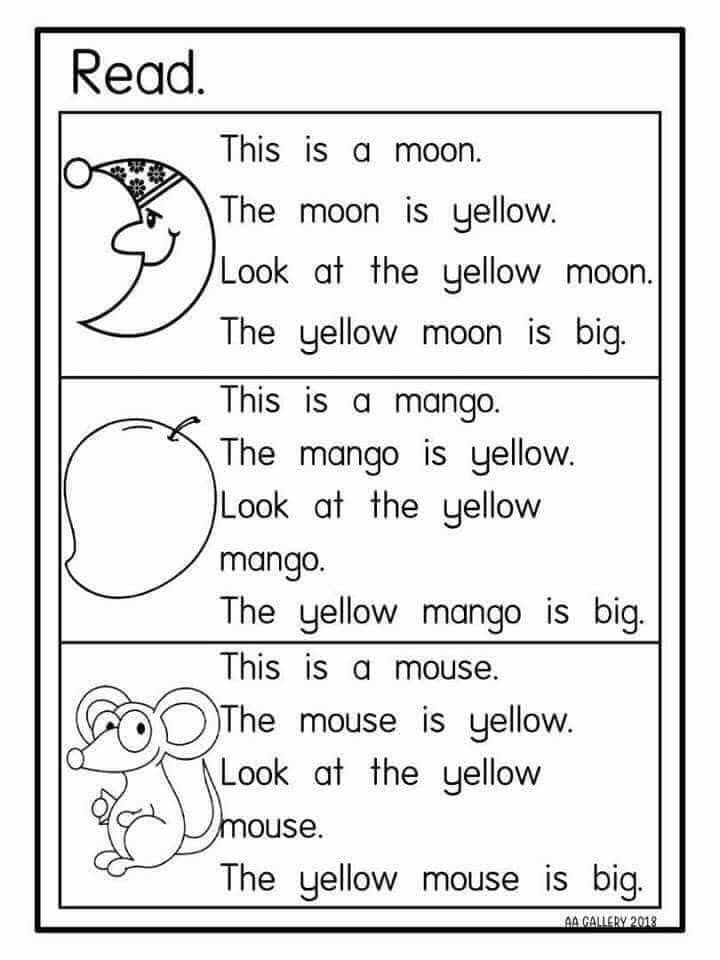 All studies should be built on the principle “From simple to complex”, that is, you first need to learn letters and sounds, then you can start to compose them into syllables and only then move on to whole words. Put the learned material into practice: look for familiar letters on signs while walking, write them in the sand or snow, mold them from plasticine, lay them out of beads.
All studies should be built on the principle “From simple to complex”, that is, you first need to learn letters and sounds, then you can start to compose them into syllables and only then move on to whole words. Put the learned material into practice: look for familiar letters on signs while walking, write them in the sand or snow, mold them from plasticine, lay them out of beads.
For classes, you need to equip a corner with a comfortable chair and table or desk, with the right lighting. The first lessons should not last longer than 10-15 minutes; the student should not be overtired. After finishing them, you should put things in order in the workplace, put away books and study supplies.
Lessons should be regular, but it is not a good idea to have a class if the student is overweight or in a bad mood. For each educational achievement, the child must be praised. 9Angelina Trofimova
Caring parents try to prepare their kids for school. There are many preschool courses today.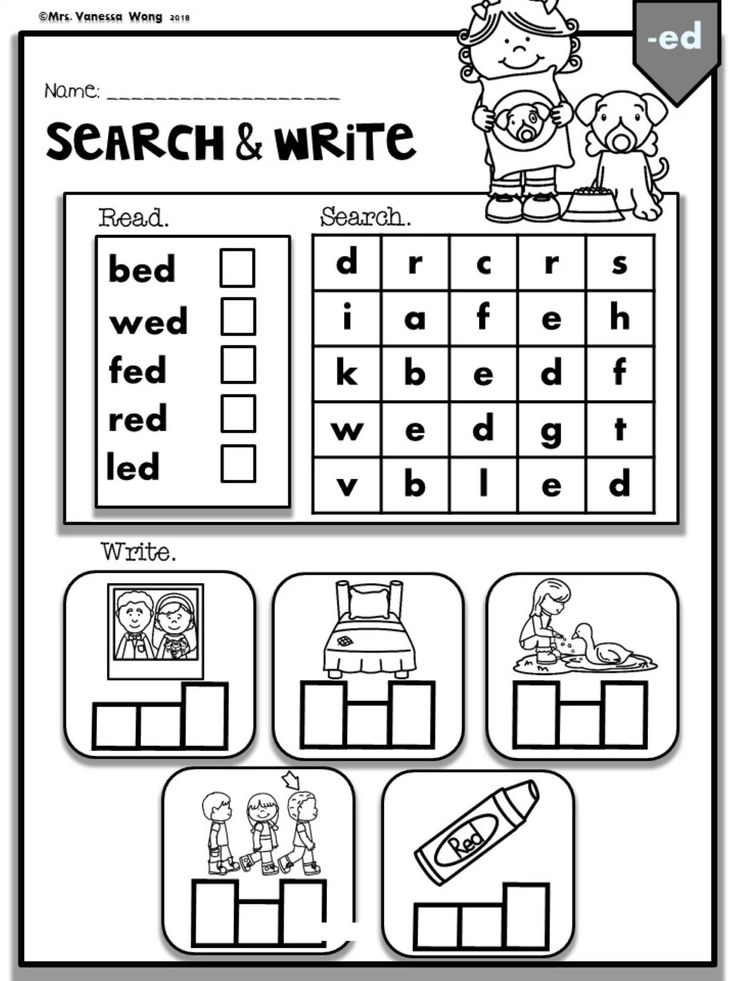 Some work on the basis of kindergartens, others work in schools. In an interview with RIA Novosti, the director of the elementary Lomonosov school, Angelina Trofimova, spoke about what should and should not be taught to a child before entering school.
Some work on the basis of kindergartens, others work in schools. In an interview with RIA Novosti, the director of the elementary Lomonosov school, Angelina Trofimova, spoke about what should and should not be taught to a child before entering school.
- Angelina Nikolaevna, what is taught in most preschool courses now and how much do children need this knowledge?
- In order to meet the desire of parents to give their children more knowledge as early as possible, kindergartens stopped developing children and switched to pre-school education. Children are taught to read and write, but they do not know the seasons. Primary school teachers have always taught and will continue to teach children to write and read in the 1st grade - this is their duty, besides, everything must be taught in due time. Teachers of kindergartens or courses are not always familiar with the intricacies of preparation, age characteristics, and can only harm the child. After all, it is not by chance that the regulatory documents say that children of six and a half or seven years old are admitted to the 1st grade.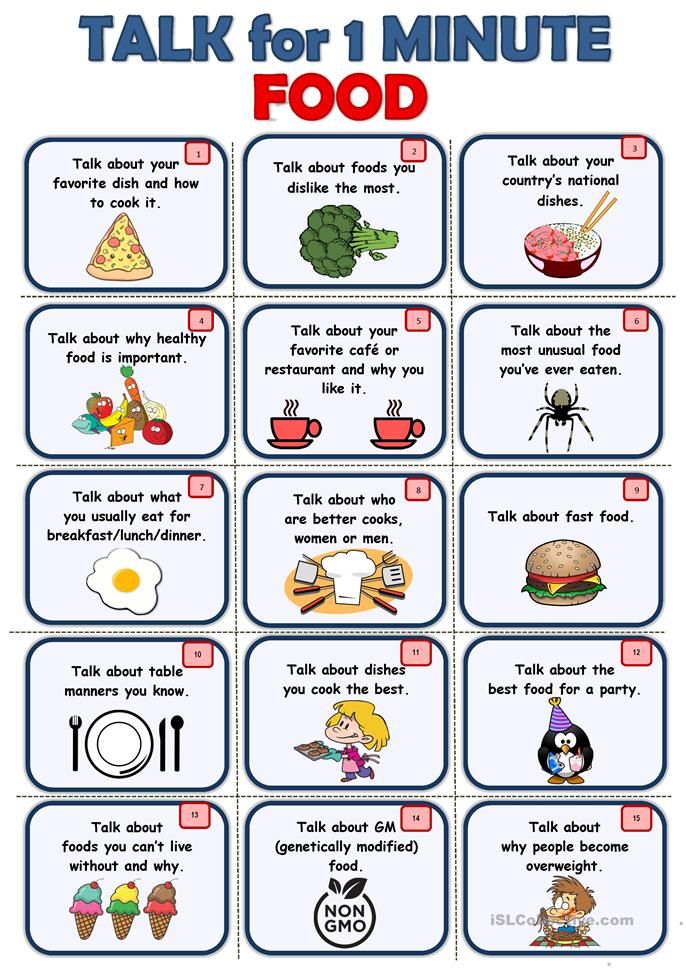 It is at this age that the parts of the brain responsible for reading and writing mature.
It is at this age that the parts of the brain responsible for reading and writing mature.
- What should children learn during preschool?
- Study is not quite the right term. Children are given a minimum of new knowledge, they are instilled with various kinds of skills, which will then help to study at school. Parents often don't realize that learning to write early or knowing geography won't make their child perform better. Instead of teaching writing, it is necessary to develop fine motor skills: the child must be able to confidently fold a sheet of paper, color drawings without going beyond the contour, sculpt large and small parts from plasticine, and hatch. This will allow him to learn to write in the future without any problems.
But if a child still wants to learn to read before school, there is no need to prevent him from doing so. And it is much more important to teach him to speak correctly - to build sentences and his own statements, to tell from the picture.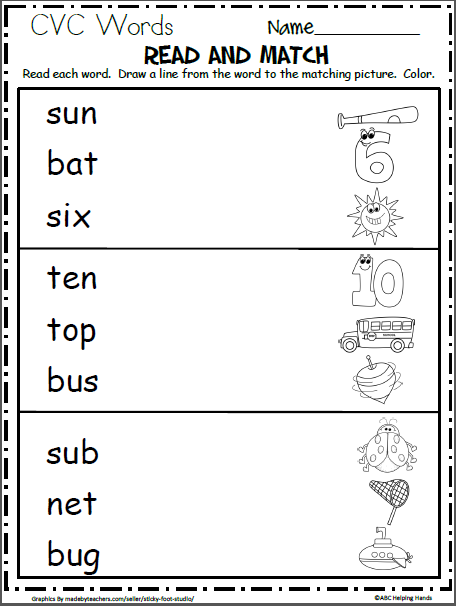 He must convey what he saw or heard. This not only enriches vocabulary, but also develops oral speech skills.
He must convey what he saw or heard. This not only enriches vocabulary, but also develops oral speech skills.
Also, the child should be able to listen to sounding speech. It is necessary to develop his phonemic ear - the ability to isolate words, syllables and sounds from the flow of speech, to distinguish short units of speech from long ones. This is extremely important, since reading and writing are interrelated processes, in fact, they represent the translation of internal speech into external speech and vice versa.
- What can be the result of improper teaching in the preschool period?
- With insufficiently developed speech, a child, before saying something, may begin to pronounce a phrase to himself, sometimes even moving his lips. Or be silent.
Due to poorly developed hand-eye coordination, there are difficulties in learning to write. Children cannot reproduce the sample letter: they write letters of the wrong size, at the wrong angle or “mirror” them - instead of “s” they write “e”, instead of “c” - “d”.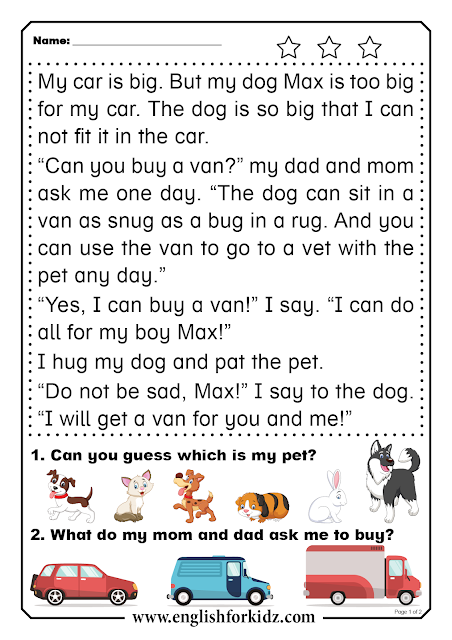
- In your opinion, is it justified to send children to school a year or a year and a half earlier - at five or six years old?
- This practice is unfortunately quite common. Parents do not always think about the psychological and physiological development of the baby, sometimes they simply do not know about it. Even if the child studies well, he will have many problems: some activities will be inaccessible to him until the time at the same pace as classmates who are a year older. A child may write worse, and not because he does not try, but because he cannot do it the way he did at a later age. Often such children, we call them "unfinished", bring toys to school with them and, instead of listening to the teacher, play.
- Can parents attend preschool at home?
- Of course. At home, the child will be given much more attention, but this form of training deprives the child of communication with peers, and this is also a necessary and valuable experience.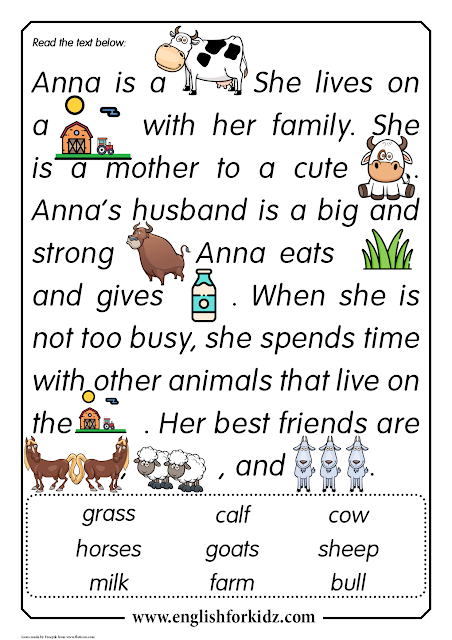 Those who did not go to kindergarten experience difficulties in communication, in finding friends, sometimes it is even difficult for them to turn to the teacher with a question if they did not understand something in the lesson or they need something.
Those who did not go to kindergarten experience difficulties in communication, in finding friends, sometimes it is even difficult for them to turn to the teacher with a question if they did not understand something in the lesson or they need something.
- How should preschool courses be chosen?
- First of all, you need to understand that you should not evaluate a child according to adult criteria. If he can't read and write by the time he enters school, that's perfectly normal. Next, you should see what kind of courses the children's center or school offers. Sometimes this is one fixed course, sometimes it is a set of different subjects from which you can choose the right one. It is necessary to get acquainted with the teachers and choose not only a school or a kindergarten, but also a teacher who will work with the child. In any case, it is always necessary to remember that preschool education is not teaching some disciplines, but the development of skills and mental qualities: memory, thinking, attention, learning motivation, self-regulation, large and small motor skills, spatial orientation and much more.